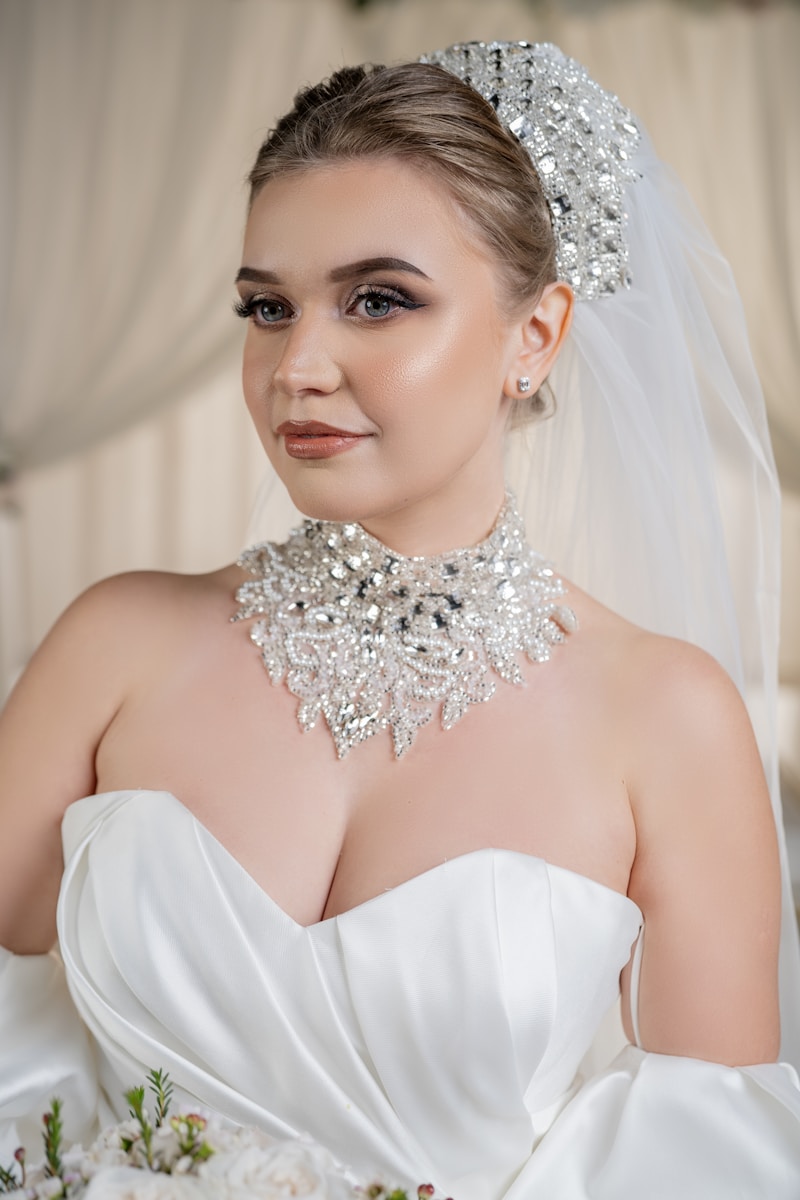Bridal Size Adjustment Tips: Achieving the Perfect Fit for Your Dream Dress
Your Ultimate Guide to Bridal Size Adjustment
Finding the perfect wedding dress is often a journey filled with excitement, anticipation, and a dash of anxiety. Among the many considerations a bride must tackle, ensuring the dress fits flawlessly is paramount. Whether you're a bride-to-be who has just found “the one,” or someone helping a loved one navigate this crucial detail, understanding bridal size adjustment tips is essential. This article will explore the best approaches and practical advice to help you achieve the ideal fit for your bridal gown.
Understanding Bridal Sizes
Before diving into adjustment tips, it's essential to grasp the basics of bridal sizing. Bridal sizes often differ from regular clothing sizes, which can lead to confusion. These variations can result from numerous factors, including the design of the dress, the cut, and the materials used. Below is a comparison table to illustrate these differences:
| Standard Size | Bridal Size | Comment |
| 6 | 10 | Bridal sizes tend to run smaller, with a difference of 2-4 sizes. |
| 8 | 12 | Commonly, brides choose larger sizes for alterations. |
| 10 | 14 | Consult size charts from specific designers for accuracy. |
Factors to Consider for Size Adjustment
When considering bridal size adjustments, several factors come into play. Understanding these elements can help ensure a smoother fitting process:
1. Fabric and Design
The choice of fabric heavily impacts how a dress can be adjusted. Some materials, such as lace or silk, allow for more flexibility in alterations, while others, like beaded fabrics, may be more challenging to adjust without compromising the design. It's crucial to consult with a qualified tailor or seamstress who has experience working with bridal gowns.
2. Pre-Fitting Preparation
Before your bridal fitting, having a clear idea of any adjustments needed is vital. Consider the following:
- Bring along the undergarments you plan to wear on your wedding day.
- Wear similar shoes that match the height you intend to wear on your wedding day.
- Take note of any areas that feel tight or loose, such as the bust, waist, and hips.
3. Consultation
Having an open dialogue with your tailor is essential. Clear communication can help them understand your vision for the dress. Mention any specific styles you are aiming for and any concerns you may have about fit or comfort.
Bridal Size Adjustment Techniques
With a solid understanding of the factors involved in bridal sizing, let's delve into effective adjustment techniques:
1. Bust and Bodice Adjustment
The bodice often requires the most adjustments, particularly in creating a snug fit around the bust. A tailor can:
- Take in or let out the bodice for the perfect fit.
- Add or remove cups for enhanced support.
- Adjust the straps or neckline for comfort and aesthetics.
2. Waist Alterations
For those who may find the waist too snug or loose, adjustments can be achieved by:
- Taking in the sides or back to create a more balanced silhouette.
- Incorporating darts for a tailored finish.
- Adding a corset back to allow for flexibility in size adjustment.
3. Hemming the Length
Ensuring that the dress length is appropriate is crucial, especially for those wearing high heels. A professional seamstress can:
- Measure the dress against your shoes and height.
- Ensure the hem falls gracefully, allowing ease of movement.
4. Adjusting the Skirt and Train
If your bridal gown features a long train or intricate skirt design, modifications may be necessary. Options include:
- Shortening the train to prevent tripping.
- Adjusting the skirt volume by taking in seams or adding embellishments.
Important Tips for Successful Adjustments
To guarantee the best possible results from your bridal size adjustments, keep the following tips in mind:
1. Start Early
Begin alterations as soon as possible after purchasing or renting your gown. This time frame allows for multiple fittings and adjustments, ensuring the best possible fit.
2. Schedule Multiple Fittings
Multiple fittings can help catch necessary adjustments early. Aim for at least two fittings— one for initial adjustments and another closer to your wedding date for final touches.
3. Prepare for Weight Changes
Brides often experience changes in weight leading up to their wedding. Be candid with your tailor regarding any expected changes, and consider scheduling a final fitting closer to the wedding day to address any remaining adjustments needed.
4. Budget for Alterations
Budgeting for potential alterations is essential. Depending on the complexity of the changes, alterations can range from $100 to several hundred dollars. Set aside funds specifically for this purpose.
Conclusion
Achieving the perfect fit for your bridal gown is crucial in making you look and feel beautiful on your special day. By understanding bridal size adjustment tips and implementing the recommendations outlined in this article, you can confidently embark on your fitting journey. Remember to start early, communicate openly with your tailor, and embrace the process. After all, your wedding day is a celebration of love, and your gown should reflect that joy!

As you prepare for your big day, keep these bridal size adjustment tips in mind. Being proactive and informed can ensure your dress fits beautifully, making you feel like the bride you’ve always dreamed of being.